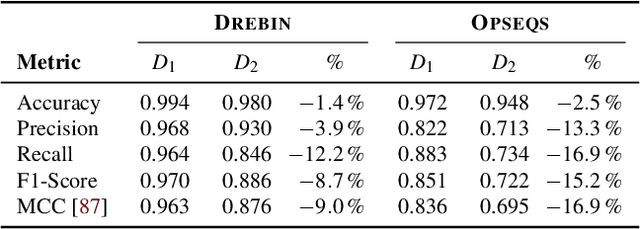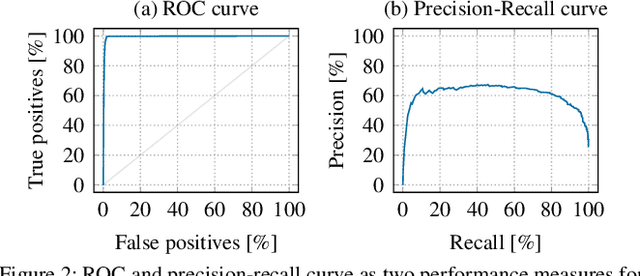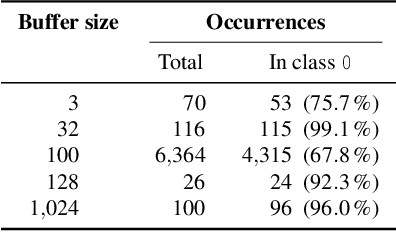Dos and Don'ts of Machine Learning in Computer Security
Paper and Code
Oct 19, 2020



With the growing processing power of computing systems and the increasing availability of massive datasets, machine learning algorithms have led to major breakthroughs in many different areas. This development has influenced computer security, spawning a series of work on learning-based security systems, such as for malware detection, vulnerability discovery, and binary code analysis. Despite great potential, machine learning in security is prone to subtle pitfalls that undermine its performance and render learning-based systems potentially unsuitable for security tasks and practical deployment. In this paper, we look at this problem with critical eyes. First, we identify common pitfalls in the design, implementation, and evaluation of learning-based security systems. We conduct a longitudinal study of 30 papers from top-tier security conferences within the past 10 years, confirming that these pitfalls are widespread in the current security literature. In an empirical analysis, we further demonstrate how individual pitfalls can lead to unrealistic performance and interpretations, obstructing the understanding of the security problem at hand. As a remedy, we derive a list of actionable recommendations to support researchers and our community in avoiding pitfalls, promoting a sound design, development, evaluation, and deployment of learning-based systems for computer security.
 Add to Chrome
Add to Chrome Add to Firefox
Add to Firefox Add to Edge
Add to Edge